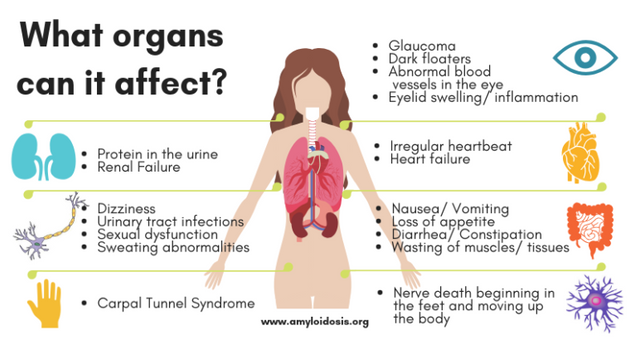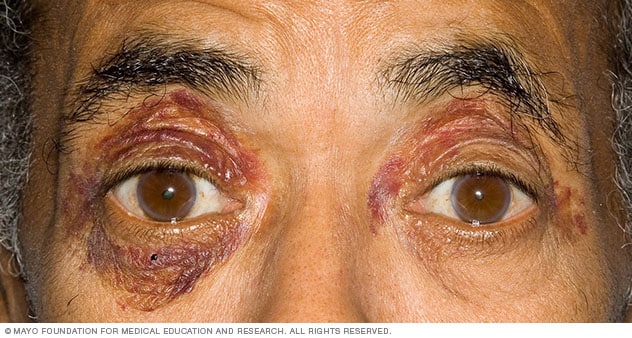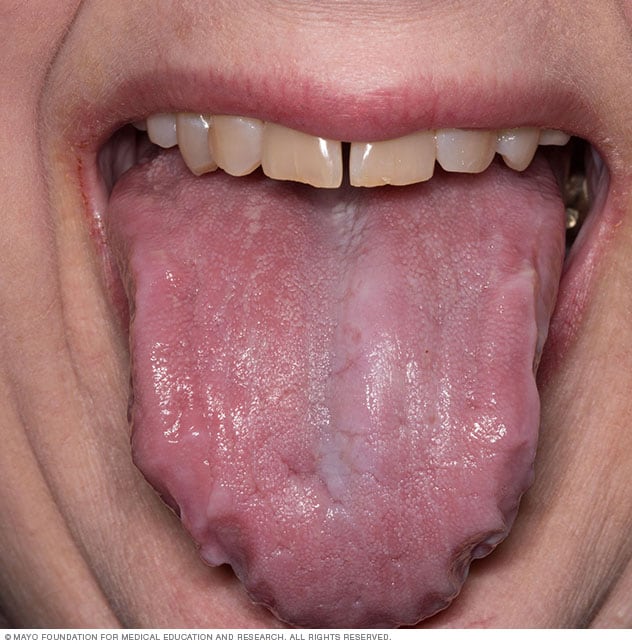For Patients: What is amyloid?
What is amyloidosis?
Amyloidosis (am-UH-loy-doh-sis) is a rare condition characterized by build-up of abnormal protein (amyloid) in the body.
Proteins are important to body functioning; to name a few roles:
- provide the building blocks of the body
- play important roles in creating energy for the body
- play important roles in turnover in the body
- act as a messenger in the body, (ie some hormones)
- provide structure (make-up hair and nails)
- maintain water balance
There are many types of protein that play different important roles, and they must fold and take special shapes to perform their specific tasks.
In the case of amyloidosis, the proteins misfold and thus begin to accumulate in the body.
This protein can accumulate in organs and affect their ability to function, eventually causing organ damage. Several organs can be affected: heart, liver, kidneys, nerves, joints, and intestines. Signs and symptoms are often reflective of location of accumulation.
There are a variety of sub-types of amyloidosis with different abnormal proteins that can accumulate.
- There are types that have hereditary causes, a rare condition that is passed down in the family.
- There are types that are not hereditary, and are caused by spontaneous mutation usually due to older age.
- Some types remain localized and do not affect multiple organs.
- Some types have more systemic effects.
Clinical Features
Signs and symptoms of amyloidosis may depend on the type of amyloid and which organs are affected. A few examples are listed below:

Skin

- easy bruising
- waxy skin
Nerves
- numbness or tingling in arms, hands, legs, or feet
- carpal tunnel syndrome (numbness and tingling in hands)
- fainting and light-headedness
Intestines
- severe chronic constipation and/or diarrhea

- weight loss
Kidneys
- foamy urine
Tongue
- enlarged tongue
Eyes
- floaters in visual fields
Diagnosis
Initial work-up involves a physical exam and interview, blood tests and urine tests, and non-invasive imaging. Usually if this initial work-up is consistent with the presentation of amyloidosis, a biopsy of the suspected organ involved is used for diagnosis, such as an abdominal fat biopsy, kidney biopsy, or a heart biopsy.
Treatment
Close medical follow-up is usually offered, with support from your healthcare team. If indicated, your doctor may recommend specialists for you to follow-up with as well.
The treatment options can vary greatly based on the type and location of amyloid. There are several oral medications used to reduce or stabilize the amyloid deposition in your body or decrease the amount of amyloid that is produced by your body. Medications, often used in other conditions like rheumatoid arthritis, can also help the side-effects experienced with amyloid. In some types, chemotherapy or stem cell transplant may be used. Your doctor may also think that in cases of severe organ damage, an organ transplant such as a liver or heart transplant is indicated.
Genetic testing in amyloidosis is a personal and complex decision, with emotional and social aspects to consider; however, it can also inform treatment.
Please consider the following resources to learn more
Amyloid Research Consortium CEO discusses her experiences as a patient, and the signs and symptoms of amyloidosis in the following video :
An ATTR amyloidosis brochure created by the Amyloidosis foundation
An amyloidosis brochure created by the Amyloidosis Foundation
“Amyloidosis: The Basics” created by the Amyloidosis Foundation
